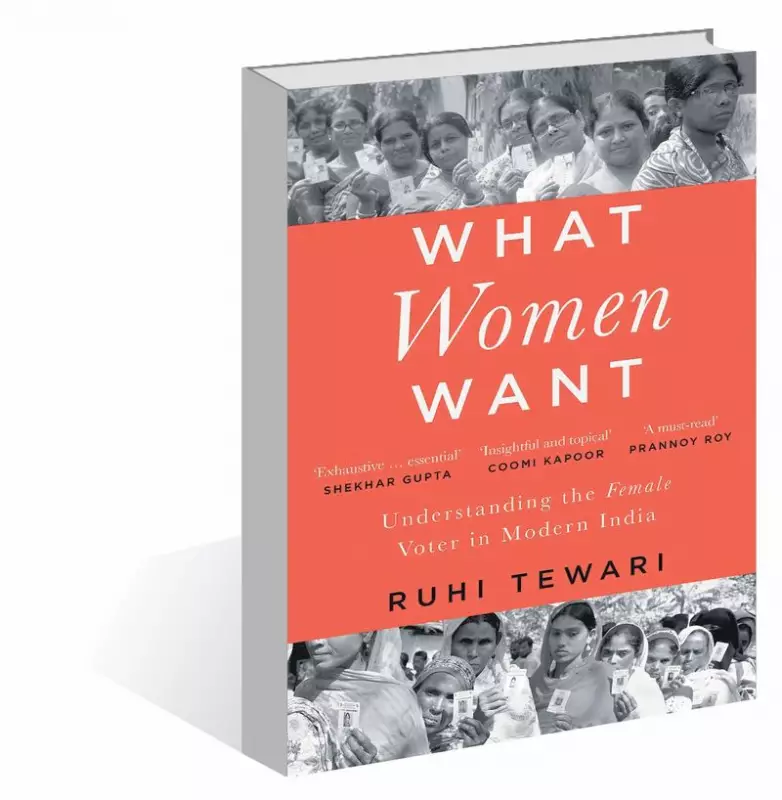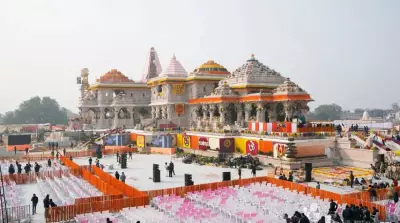
In a dramatic shift that's rewriting India's political rulebook, women voters are emerging as the nation's most powerful electoral force, fundamentally altering how democracy functions in the world's largest democracy. Ruhi Tewari's compelling analysis reveals how female voters are no longer just a demographic segment but the deciding factor in election outcomes.
The Silent Revolution in Indian Polling Booths
While political pundits traditionally focused on caste, religion, and regional loyalties, a quiet revolution has been unfolding across India's polling stations. Women are not only voting in unprecedented numbers but are doing so with remarkable independence and strategic thinking.
The data reveals a stunning trend: Women's voter turnout has been steadily climbing, often matching or even surpassing male participation rates in recent elections. This isn't just about numbers—it's about how women are using their voting power to demand accountability and change.
What Drives Women to the Ballot Box?
Tewari's research identifies several key factors influencing how Indian women vote:
- Safety and security concerns that directly impact their daily lives
- Economic empowerment and financial independence opportunities
- Access to education and better future prospects for their children
- Healthcare accessibility, particularly maternal and child health services
- Infrastructure development that eases their domestic responsibilities
The Political Earthquake No Party Can Ignore
Political parties that once took women voters for granted are now scrambling to adapt. Tewari documents how parties are being forced to:
- Develop women-specific manifestos and policy promises
- Field more female candidates in winnable constituencies
- Address issues like domestic violence, workplace harassment, and unequal pay
- Create campaigns that speak directly to women's aspirations
The message is clear: Parties that fail to earn women's trust are finding themselves on the losing side of elections, regardless of their traditional support bases.
Beyond Tokenism: Real Policy Changes
This isn't just about political symbolism. The rising influence of women voters has translated into concrete policy changes across various states:
- Schemes promoting women's education and skill development
- Improved public transportation safety measures
- Enhanced healthcare facilities in rural areas
- Economic programs specifically targeting women entrepreneurs
- Legal reforms addressing gender-based violence
The transformation is particularly evident in states where women voters have consistently shown high turnout rates, forcing local governments to deliver on their promises or face electoral consequences.
The Future of Indian Democracy
As Tewari convincingly argues, the growing assertiveness of women voters represents the most significant development in Indian politics in decades. This trend suggests that:
- Identity politics based solely on caste and religion may be declining
- Performance-based voting is becoming more prevalent
- Women's issues are moving from the periphery to the center of political discourse
- The quality of governance is becoming as important as ideological alignment
The book serves as both a documentation of this profound shift and a roadmap for understanding where Indian democracy is headed. One thing is certain: the Indian woman voter has found her voice, and the political establishment has no choice but to listen.





